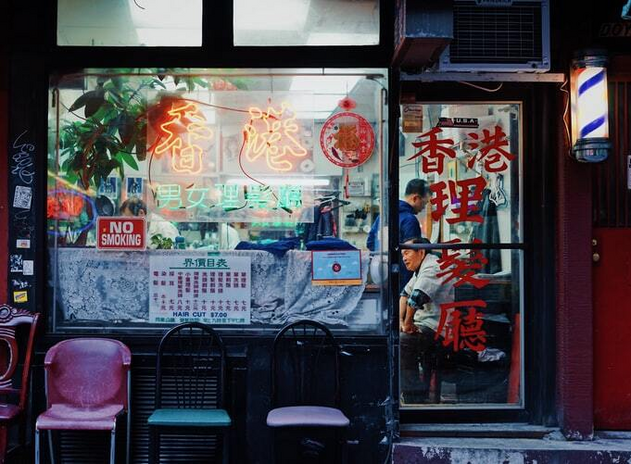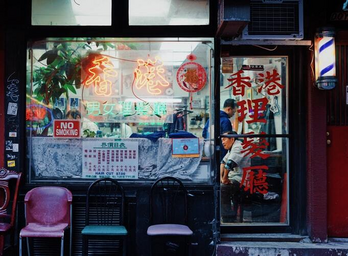TW: racism, xenophobia, violence
In the past few weeks, cities across America have seen a massive rise in anti-Asian hate crimes. Just this past Thursday evening, a 36-year-old Asian-American man was stabbed in NYC’s Chinatown. A few days before that, an 84-year-old Thai man was killed in San Francisco after being violently thrown to the ground. These attacks were fueled by the rhetoric that Asians are to blame for the COVID-19 pandemic, and this was partially catalyzed by former president Donald Trump referring to the disease as the “Chinese virus” and the “kung flu.” When Asian Americans speak up about the xenophobic nature of these terms, they’re met with gaslighting tactics, such as being called “overly sensitive” and “unable to take a joke.” But as seen by the increasing amount of violence toward the Asian-American community, these words translate to real-world consequences.
Racism against Asians isn’t some new phenomenon, nor is it “unrepresentative of what America is.” Ever since Asians first began immigrating to America, they’ve been treated as foreigners. The Chinese Exclusion Act of 1882 is one of the earliest examples — white xenophobes spread the false narrative that Chinese immigrants were diseased and unclean, and this propaganda led to the first and only American law implemented that barred immigration based solely on nationality or ethnicity.
Another example is Executive Order 9066. Signed by President Franklin D. Roosevelt during WWII, the law forced those who were suspected as enemies of the state into internment camps. Although the law also affected those of German and Italian descent, its main victims were Japanese Americans who had no connection to the actions of the Japanese military. More than 112,000 Japanese Americans living on the West Coast were incarcerated during this time.
The pervasiveness of the model minority myth also leads to the stereotyping of Asians, the viewing of Asians as a monolith and the overlooking of Asian issues. For many decades now, Asian Americans have been praised for being the “best” minority group due to their apparent academic, economic and social successes. However, this myth gives way to many problematic consequences. The first is the assumption that all Asian Americans are the same. Many people do not bother to distinguish between Chinese, Japanese and Korean Americans — to them, anyone with an East Asian phenotype is a “China man.” In addition, East Asians don’t live the same experience as South Asians — on average, South Asians receive a much lower annual income than East Asians.
The second consequence is pitting Asians against other racial minorities, primarily Black Americans. Writer Frank Chin stated in 1974, “whites love us because we’re not Black.” The model minority myth plays into the false narrative that hard work brings success and ignores the institutional barriers that prevent Black Americans from reaching the same heights as their white counterparts. Finally, the myth erases racism against Asian Americans by claiming that America has always been a welcoming place for people of Asian descent. Both historical and current examples show that this is clearly not the case. As a result, there is a lack of mainstream media coverage of anti-Asian crimes and a lack of consequences for the perpetrators.
Racism and xenophobia towards Asians is also seen in entertainment media. Last year, when the movie Parasite made history as the first non-English language film to win Best Picture at the Academy Awards, Trump complained about its win at a rally in Colorado Springs, asking, “What the hell was that all about? We got enough problems with South Korea, with trade. On top of it they give them the best movie of the year?” Earlier this year, Lee Isaac Chung’s movie Minari was barred from competing in all motion picture categories except for “best foreign-language film” at the Golden Globes simply because a majority of the film is in Korean. Minari is a quintessentially American story — it follows the story of a Korean-American immigrant family adjusting to their new lives in Arkansas and is sure to resonate with many Asian Americans. The film was even shot by an American director, and stars American actors, but to the Golden Globes, its non-English dialogue means it’s “not American enough.”
South Korean boy band BTS has also been the victim of a slew of xenophobic comments, especially as they became more successful in America. When they first won Top Social Artist at the 2017 BBMAs, Twitter was flooded with comments such as “who are these Asians,” and “please go back to Korea.” During the 62nd Grammy Awards, several tweets making jokes regarding the coronavirus at the expense of BTS went viral, garnering hundreds of thousands of likes in total. In general, there’s a severe lack of Asian representation in the media, and most of the ones we get are of East Asians that are reduced to a stereotype.
The fact of the matter is, anti-Asian sentiment has been happening long before the COVID-19 pandemic, and it’ll continue to occur long after. This issue cannot be resolved overnight, nor can we sit back and depend on others to do the work for us. As Asian Americans, we must advocate for ourselves and spread awareness of these issues, while also making sure to avoid anti-Blackness and siding with racist institutions. While some progress is being made with the increase in coverage, we still have a long way to go.



